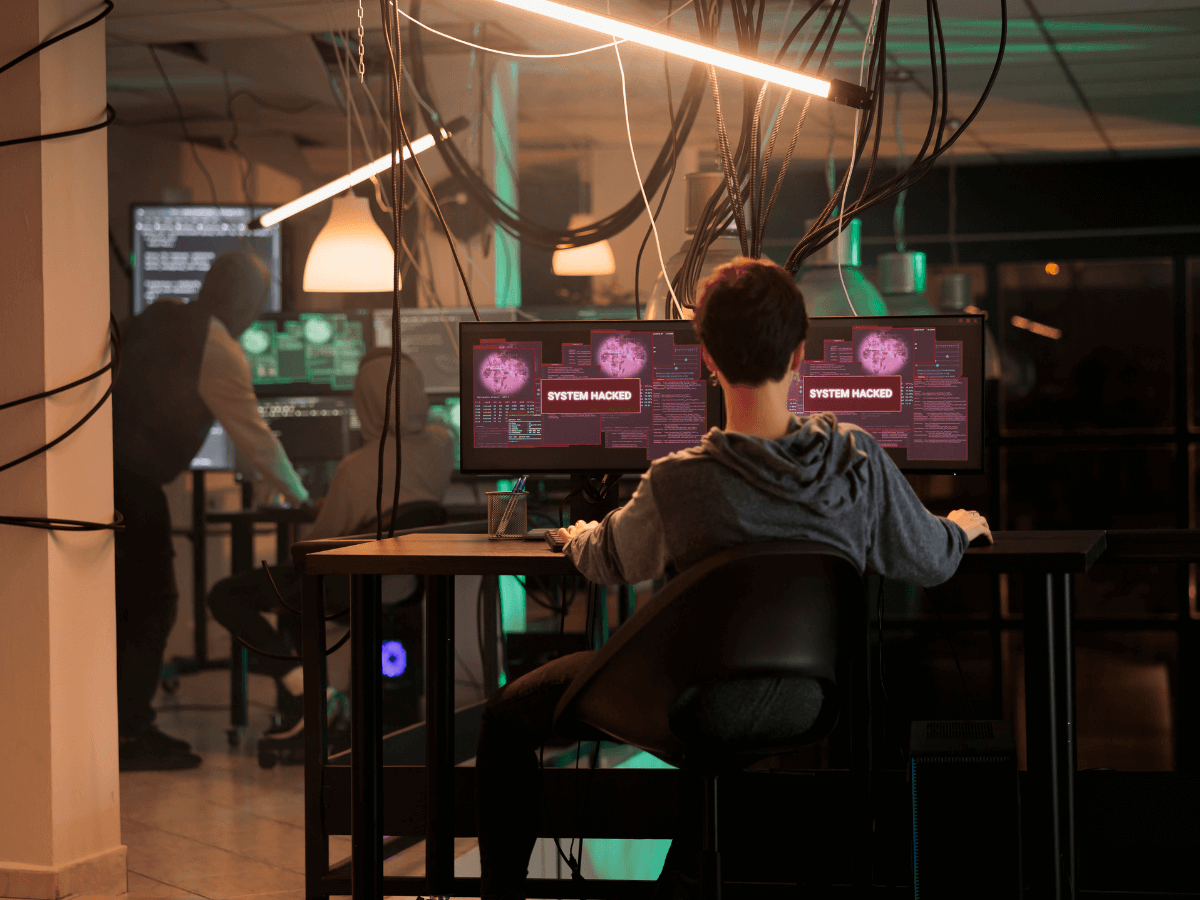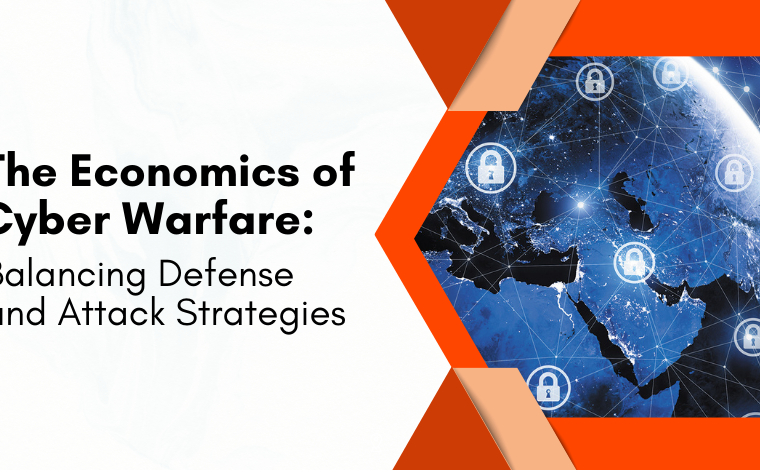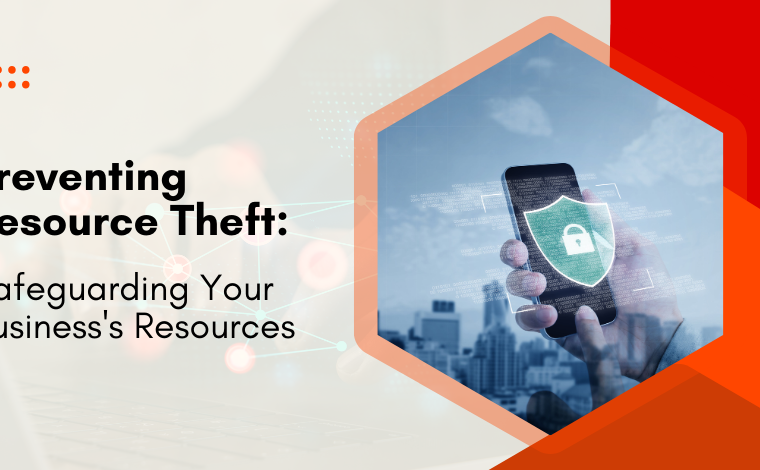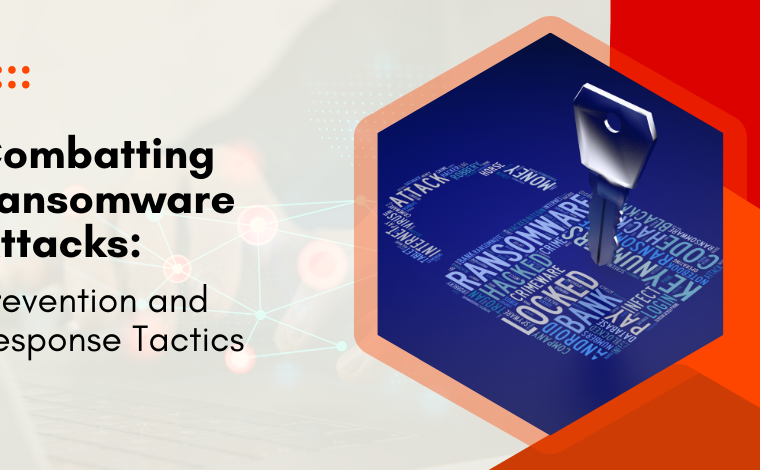Cybersecurity Threats and Responses for Government and Business

Stay Informed With Our Weekly Newsletter
Receive crucial updates on the ever-evolving landscape of technology and innovation.
In today’s digital age, understanding cybersecurity threats and responses for government and business is crucial for both government agencies and businesses.
The ever-evolving threat landscape requires constant vigilance and proactive measures to protect sensitive information from falling into the wrong hands.
This article will delve into cybersecurity threats and responses for government and business, including: the key threats, the anatomy of a cyber attack, the impact of cyber threats on financials and reputation, strategies for mitigating risks, and the future of cybersecurity.
Understanding the landscape of cybersecurity

In an increasingly interconnected world, the importance of cybersecurity cannot be overstated.
The rise of digital technologies has brought about immense opportunities, but it has also opened the door to cyber criminals who are constantly seeking vulnerabilities to exploit.
Cyber threats can range from malware attacks to social engineering, and they can have devastating consequences for businesses and governments alike.
The importance of cybersecurity in today’s digital age
Cybersecurity is vital in protecting sensitive data and infrastructure from malicious actors. Breaches can result in financial losses, legal ramifications, and damage to reputation.
In addition, in the era of digital transformation, where governments and businesses rely heavily on technology, a cyber attack can disrupt operations and compromise the delivery of critical services, ultimately impacting the public directly.
Key cybersecurity threats and responses for government and business
Cybersecurity threats and responses for government and business are varied, each with its own unique characteristics and potential impact.
Some of the most prominent threats include:
- Phishing attacks: These are attempts by cybercriminals to trick individuals into revealing sensitive information through deceptive emails or websites.
- Ransomware attacks: In these attacks, hackers encrypt the victim’s data and demand a ransom in exchange for its release.
- Advanced Persistent Threats (APTs): APTs are sophisticated attacks typically aimed at long-term infiltration of a target’s network.
- Distributed Denial of Service (DDoS) attacks: DDoS attacks overwhelm a target’s network with a flood of traffic, rendering it inaccessible.
However, it is important to note that cybersecurity is not just about protecting against external threats. Internal threats can also pose significant risks to an organization’s security.
Insider threats, for example, occur when employees or contractors misuse their access privileges to steal or compromise sensitive information.
This can be intentional or unintentional, making it crucial for organizations to have robust security measures in place to detect and prevent such incidents.
Furthermore, emerging technologies bring their own set of challenges when it comes to cybersecurity threats and responses for government and business.
The Internet of Things (IoT), for instance, has revolutionized the way we interact with everyday objects.
However, the proliferation of interconnected devices also means an increased attack surface for cybercriminals.
Vulnerabilities in IoT devices can be exploited to gain unauthorized access to networks or even control critical infrastructure, which is significant when considering cybersecurity threats and responses for government and business.
The anatomy of a cyber attack

Cybersecurity threats and responses for government and business are often executed through a series of well-planned stages on both ends.
Understanding these stages is crucial in developing effective response strategies.
Common methods used by cybercriminals
Cybercriminals employ a variety of methods to gain unauthorized access to systems and networks. Some common methods include:
- Malware: Malicious software, such as viruses or trojans, is designed to infiltrate systems and steal sensitive information.
- Phishing: Through deceptive emails or websites, hackers attempt to trick individuals into divulging sensitive information.
- Brute force attacks: In brute force attacks, hackers systematically attempt all possible combinations of passwords to gain access to a system.
- Man-in-the-middle attacks: These attacks involve intercepting and potentially altering communications between parties.
The stages of a typical cyber attack
A cyber attack typically follows a series of stages:
- Reconnaissance: Attackers gather information about the target, such as network structure, vulnerabilities, and potential entry points.
- Initial exploitation: Attackers seek to gain initial access to the network through identified vulnerabilities.
- Lateral movement: Once inside the network, attackers move across systems to expand their access and locate valuable data.
- Data exfiltration: Attackers extract valuable information from the compromised network, often undetected.
- Post-exploitation: Attackers cover their tracks and maintain access for future attacks or further exploitation of the compromised network.
The impact of cyber threats on businesses and governments
Cyber attacks have far-reaching consequences that extend beyond financial losses.
The implications can be severe in terms of both finances and reputation, which affects both cybersecurity threats and responses for government and business.
Financial implications of cyber attacks
The direct financial impact of a cyber attack can be substantial.
Costs may include remediation expenses, legal fines, customer compensation, and investments in security enhancements.
Furthermore, business interruption resulting from cyber attacks can lead to significant revenue losses.
The effect on reputation and public trust
Cybersecurity threats and responses for government and business not only damage financials but also erode public trust and confidence.
A breach can lead to the loss of customers and clients who no longer trust an organization to protect their data.
Companies and governments must invest in robust cybersecurity measures to preserve public trust and maintain a positive reputation.
Strategies for mitigating cybersecurity risks
To effectively counter cyber threats, a multi-faceted approach is necessary.
Implementing robust security protocols
A comprehensive security framework is essential to safeguard against cyber attacks. ‘
This includes measures such as implementing firewalls, intrusion detection systems, encrypted communication channels, and continuous vulnerability assessments.
Regular security updates and patches must also be applied to ensure protection against the latest threats.
The role of employee education in cybersecurity
People are often the weakest link in an organization’s security posture.
Employee education and awareness training can significantly reduce the risk of successful cyber attacks.
Training programs should cover topics such as identifying phishing attempts, using strong passwords, and recognizing social engineering tactics.
The future of cybersecurity for businesses and governments

As technology evolves, so do cyber threats. The future of cybersecurity will require constant innovation and adaptation.
Emerging trends in cybersecurity
New technologies, such as artificial intelligence and machine learning, are emerging as crucial tools in the fight against cyber threats.
These technologies can enhance threat detection, response times, and automation of security operations.
The role of artificial intelligence in cyber defense
Artificial intelligence (AI) has the potential to revolutionize cyber defense.
AI-powered systems can analyze vast amounts of data, detect anomalies, and predict potential threats.
By automating threat detection and response, AI can free up human analysts to focus on more complex security challenges.
As cyber threats continue to evolve, businesses and governments must remain vigilant and adaptable to protect their assets and sensitive information.
By understanding the landscape of cybersecurity, implementing robust security protocols, and investing in education and emerging technologies, organizations can effectively mitigate risks and respond to cyberattacks.
With a proactive and multidimensional approach, the future of cybersecurity holds promise for increased resilience in the face of evolving cyber threats.
Conclusion
Cybersecurity threats and responses for government and business are increasingly important in the current digital landscape.
Safeguarding against cyber threats is an ongoing endeavor that requires constant vigilance and adaptation.
To bolster your expertise in cybersecurity and stay ahead of evolving challenges, consider enrolling in the Institute of Data’s specialised Cybersecurity program.
Learn about cybersecurity threats and responses for government and business, as well as much more.
Alternatively, if you’re interested in learning more about the program and how it can benefit your career, book a free career consultation with a member of our team today.




